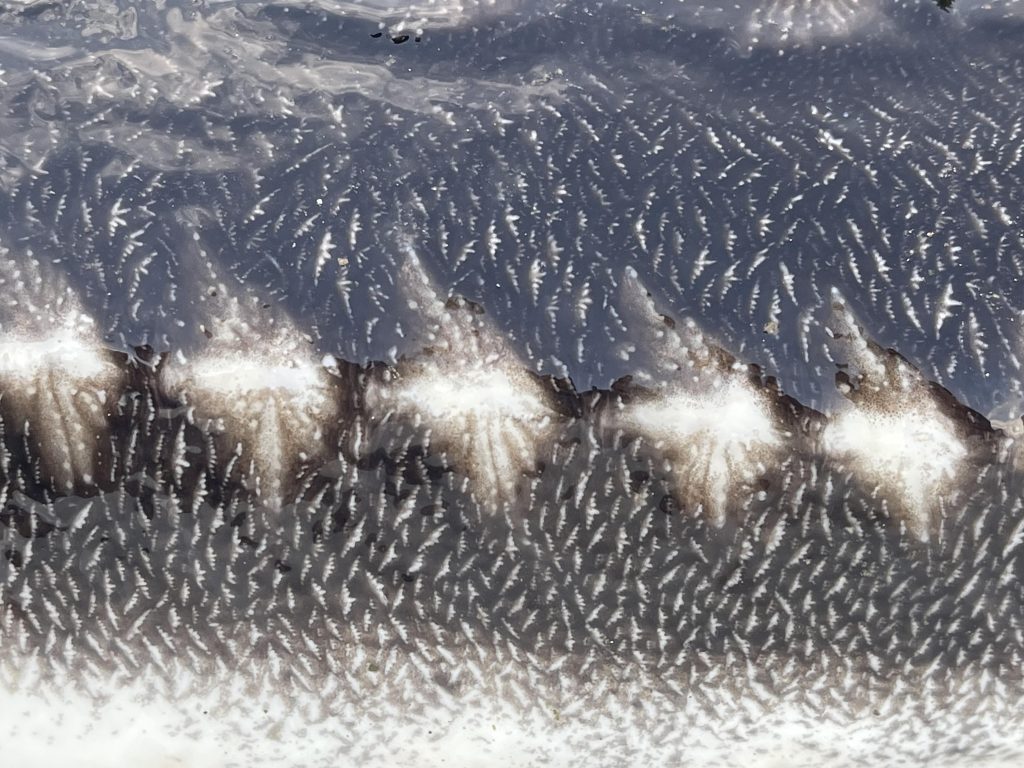SUSTANABILITY

Is Iranian Caviar a sustainable product?
- Heritage: The centuries-old tradition of sustainable caviar production in Iran ensures a rich history of careful management.
- Aquaculture: The development of sustainable farming practices, along with restocking programs, supports sturgeon populations while meeting market demand.
- Environmental Impact: Responsible harvesting, eco-friendly practices, and compliance with international standards help reduce the environmental footprint of caviar production.
- Economic and social Sustainability: Supporting fair trade and local communities contributes to the overall social sustainability of the industry.
- By importing caviar from Iran, European consumers can support a system that balances high-quality production with environmental conservation, making it a viable sustainable option in the luxury food market.
Is Caviar consumption Environmentally sustainable?
Global warming effect of Caviar compare to Beef
- comparing the environmental impact of 1 kg of caviar production with 1 kg of beef production in terms of greenhouse gas emissions (GHG) or carbon footprint isn’t straightforward, mainly because of the different consumption patterns and production processes involved in each product.
Consumption Volume: A Key Factor
- Caviar: The typical serving size of caviar is very small, usually measured in grams (e.g., 30g, 50g, or even less). Most consumers eat caviar sparingly, as a luxury item. This means that the environmental impact of caviar consumption is spread over a relatively small amount per person.
- Beef: Beef consumption, on the other hand, is usually much larger in volume per meal. A single serving of beef can range from 100g to 250g, and in some countries, people consume beef several times a week. This results in a much larger per capita environmental impact from beef consumption.
- Smaller Production Scale: Sturgeon farming for caviar is done on a much smaller scale compared to beef production, which is a massive global industry. The overall carbon footprint for caviar is small simply due to the low volumes of caviar produced and consumed.

- Aquaculture vs. Livestock: As fish farming, especially when done sustainably, tends to have a lower environmental impact compared to livestock farming (cattle), this significantly reduces the carbon footprint of caviar. Fish also have a higher feed conversion efficiency compared to cattle, meaning less feed and land are needed for producing a given amount of food. (Hypothetical assumption: Replacing land animal protein with farmed salmon in 2022 avoided 16.4 million tonnes of CO2 emissions.)
- Less Land Use: Unlike beef production, which requires large swathes of land for grazing or growing feed, sturgeon farming can be done in controlled aquaculture systems that use less land and are less disruptive to ecosystems.
